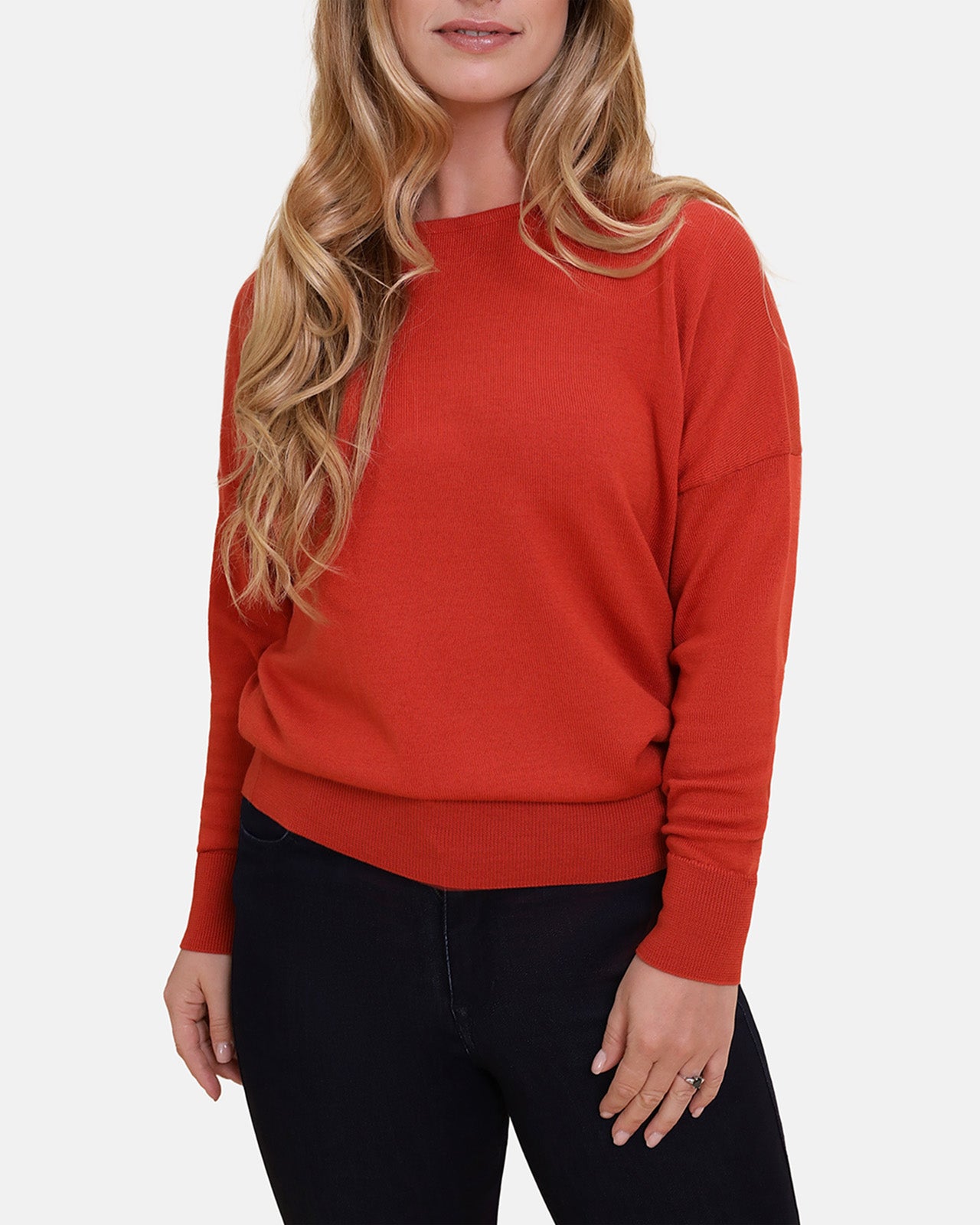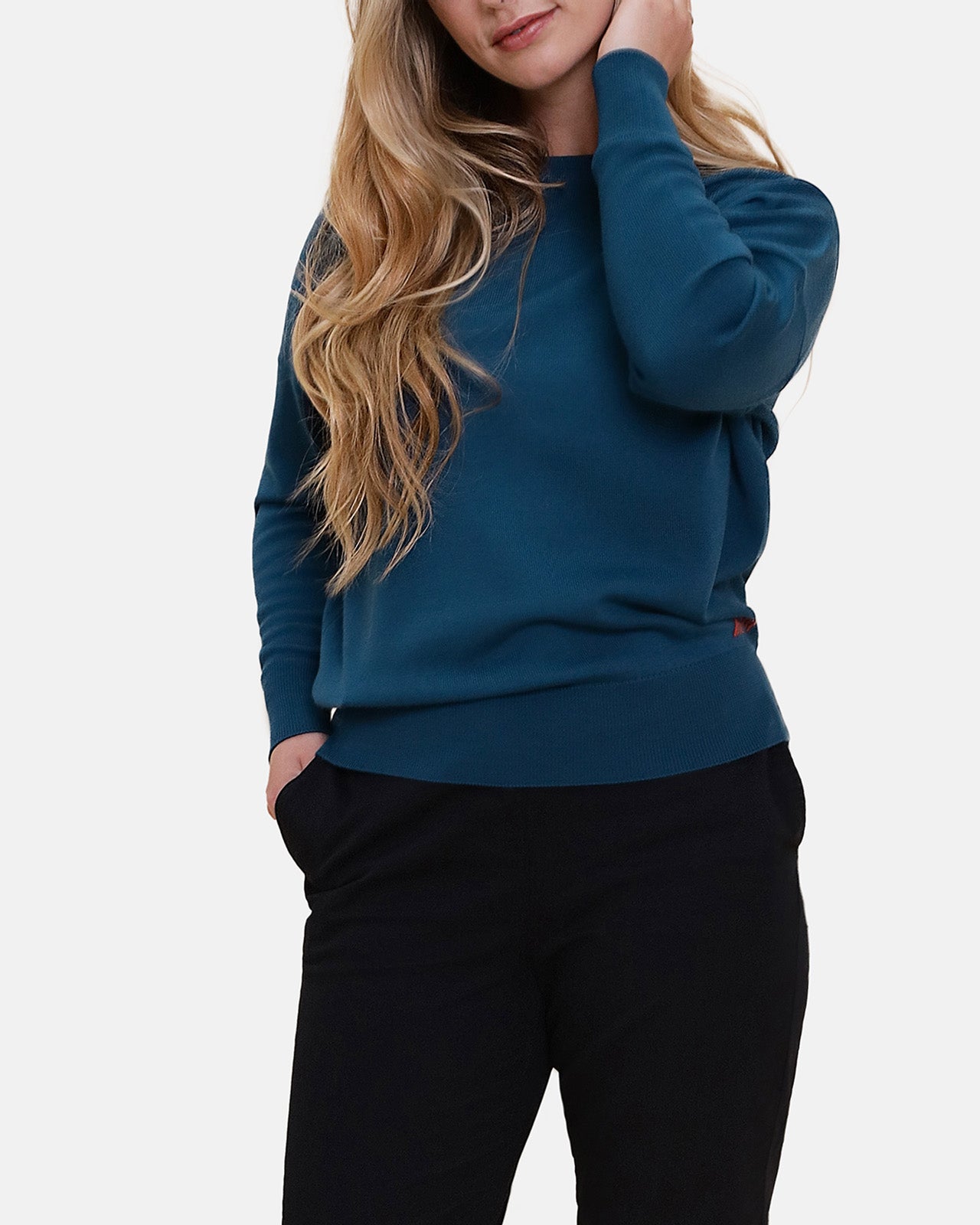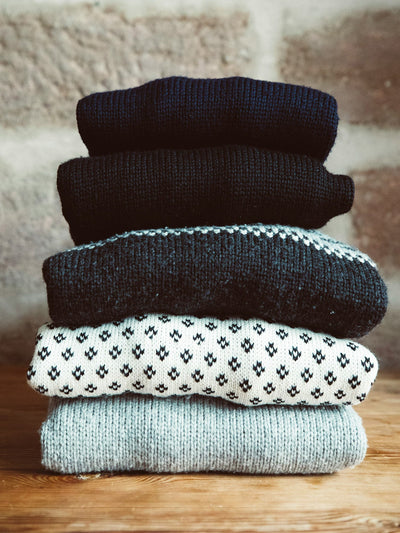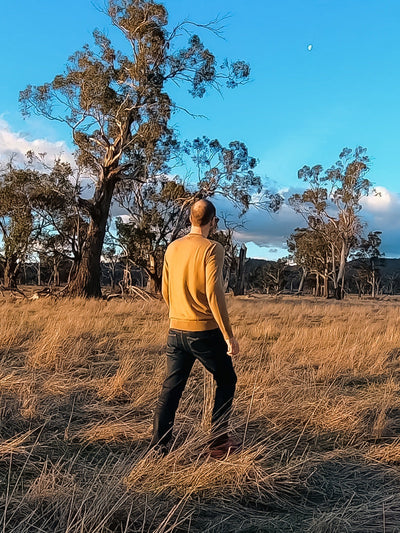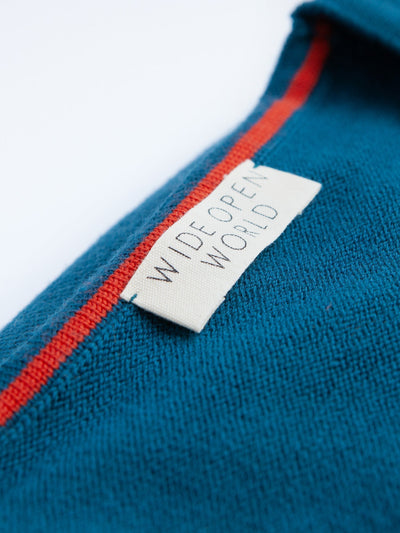Pilling represents a natural occurrence in all knitwear subjected to friction. However, superior garments exhibit minimal pilling, and importantly, once the shorter fibres have been shed, pilling should diminish significantly. This holds true unless the yarn contains an exceptionally high proportion of short fibres.
Worth noting is that pills can be efficiently removed with a specialised comb, particularly on fine knitwear. Additionally, quality garments naturally shed pills through regular wear and washing—unlike synthetic alternatives where excessive fibre strength prevents this beneficial process. If your knitwear resembles a rapidly expanding collection of fibre balls, examine the care label for synthetic content. Consider transitioning to natural fibres for superior pilling management and enhanced sustainability.
The essence of pilling resistance lies in selecting meticulously sourced materials combined with superior construction techniques, ensuring your knitwear maintains its impeccable appearance for years to come.
At Wide Open World, our design philosophy creates knitwear with inherent pilling resistance, prioritising longevity and craftsmanship as fundamental expressions of true luxury.
